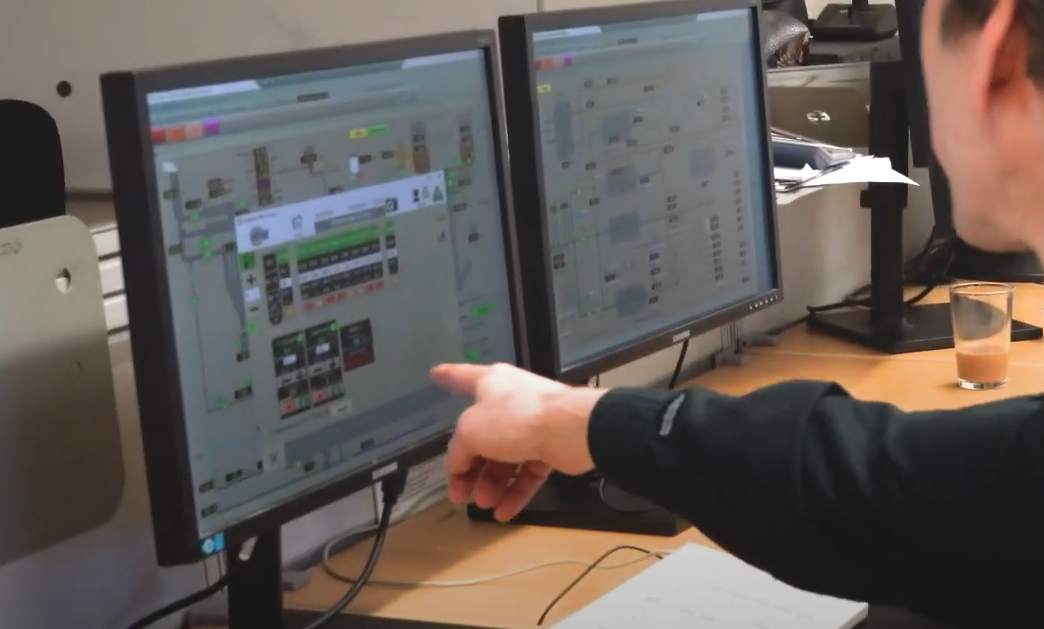
Operation, Monitoring, and Protection of Future Power Systems
Thesis defence by Ankur Srivastava
Time: 25 october at 10:00, to approximately 13:00
Location: Lecture hall EB, Hörsalsvägen 11, Chalmers and online via Zoom
Add Ankur Srivastava on LinkedIn
Join from PC, Mac, Linux, iOS or Android.
To create the best conditions for everyone, we will kindly ask you to consider two things:
Join the meeting in good time before it starts, 10–15 minutes before is our recommendation. Then you and we will have time to solve problems if such occur.
The chair leads the meeting and distributes the word. Therefore, during the meeting please keep your microphone muted and video off. If you want to say something or ask a question, please use the chat to get the chair’s attention or use the “raised hand”-function.
Opponent: Professor Kai Strunz, TU Berlin, Germany
Examiner: Professor Ola Carlson, Chalmers
Abstract of thesis
The electrical power systems are undergoing drastic changes such as increasing levels of renewable energy sources, energy storage, electrification of energy-efficient loads such as heat pumps and electric vehicles, demand-side resources, etc., in the last decade, and more changes will be followed in the near future. The emergence of digitalization and advanced communication in the case of distribution systems to enhance the performance of the electricity infrastructure also adds further complexities. These changes pose challenges such as increased levels of network congestion, voltage variations, protection mis-operations, increased needs for real-time monitoring, and improved planning practices of the system operators. These challenges will require the development of new paradigms to operate the power grids securely, safely, and economically.
This thesis attempted to address those challenges and had the following main contributions:
• First, the thesis started by presenting a comprehensive assessment framework to address the distribution system operators’ future-readiness and help the distribution system operators to determine the current status of their network infrastructures, business models, and policies and thus identify the pathways for the required developments for the smooth transition towards future intelligent distribution grids.
• Second, the thesis presents an advanced congestion forecast tool that would support the distribution system operators to forecast and visualize network congestion and voltage variations issues for multiple forecasting horizons ranging from close-to-real time to a day-ahead. The tool is based on a probabilistic power flow that incorporates forecasts of solar photovoltaic production and electricity demand, combined with advanced load models and different operating modes of solar photovoltaic inverters. The tool has been integrated to an existing industrial graded distribution management system via an IoT platform Codex Smart Edge of Atos Worldgrid. The results from case studies demonstrated that the tool performs satisfactorily for both small and large networks and can visualise the cumulative probabilities of network congestion and voltage variations for a variety of forecast horizons as desired by the distribution system operator.
• Third, a dynamic state estimation-based protection scheme for the transmission lines which does not require complicated relay settings and coordination has been demonstrated using an experimental setup at Chalmers power system laboratory. The scheme makes use of the real-time measurements provided by advanced sensors which are developed by Smart State Technology, The Netherlands. The experimental validations of the scheme have been performed under different fault types and conditions, e.g., unbalanced faults, three-phase faults, high impedance faults, hidden failures, inductive load conditions, etc. The results have shown that the scheme performs adequately in both normal and fault conditions and thus the scheme would work for transmission line protection by avoiding relay coordination and settings issues.
• Finally, the thesis presents a decentralized dynamic state estimation method for estimating the dynamic states of a transmission line in real-time. This method utilizes the sampled measurements from the local end of a transmission line, and thereafter dynamic state estimation is performed by employing an unscented Kalman filter. The advantage of the method is that the remote end state variables of a transmission line can be estimated using only the local end variables and, hence, the need for communication infrastructure is eliminated. Furthermore, an exact nonlinear model of the transmission line is utilized and the dynamic state estimation of one transmission line is independent of the other lines. These features in turn result in reduced complexity, higher accuracy, and easier implementation of the decentralized estimator. The method is envisioned to have potential applications in transmission line monitoring, control, and protection.
Please note that this thesis may not be copied, distributed or forwarded without prior further permission from the author.
